In line with my original plans, the end of February included a series of World Heritage Site visits, to the east of Paris and into the Rhine Valley, made in quick succession using transfers by TGV, with just a little cycling during that period. At the present, my level of tolerance relating to the task of writing is not the greatest, so this will be another primarily photo-based post.
The first was the city of Reims, listed for three important examples of Gothic religious architecture, of which I saw two. The Cathedral is notable for being the place where the Kings of France were enthroned, and also for its stained glass, which, because many of the original panels had been damaged during violent conflict, now exhibits several different styles. The adjacent Tau Palace is now a museum and among its interesting items are sculptures, formerly part of the Cathedral, that were removed during earlier restorations and, when seen up close, are a little surprising in their scale.
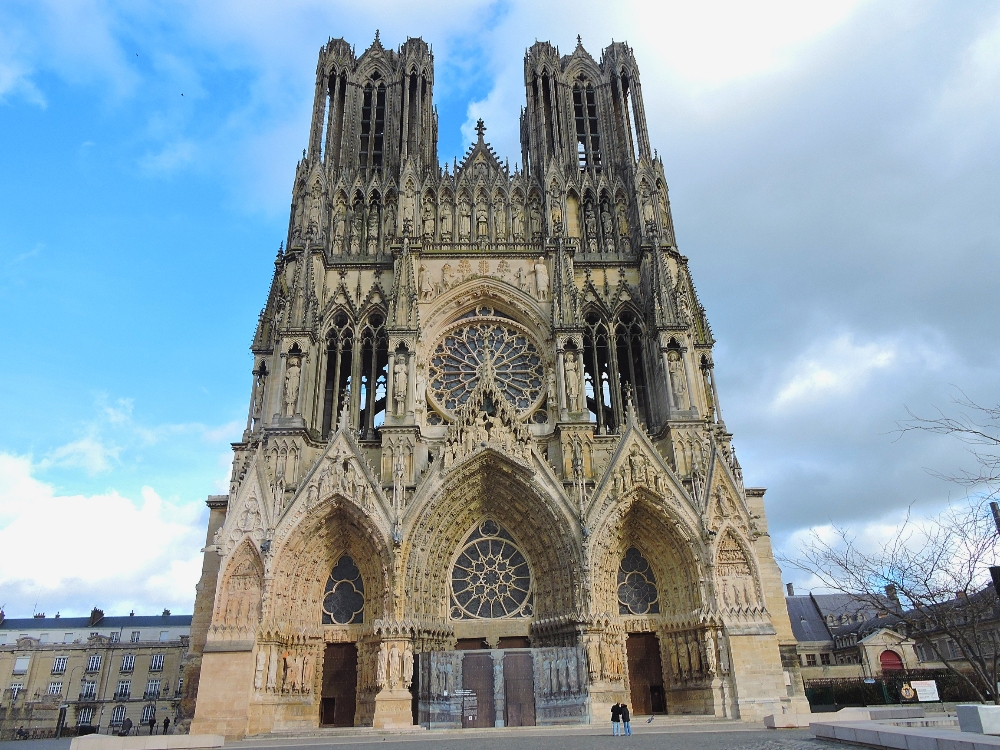
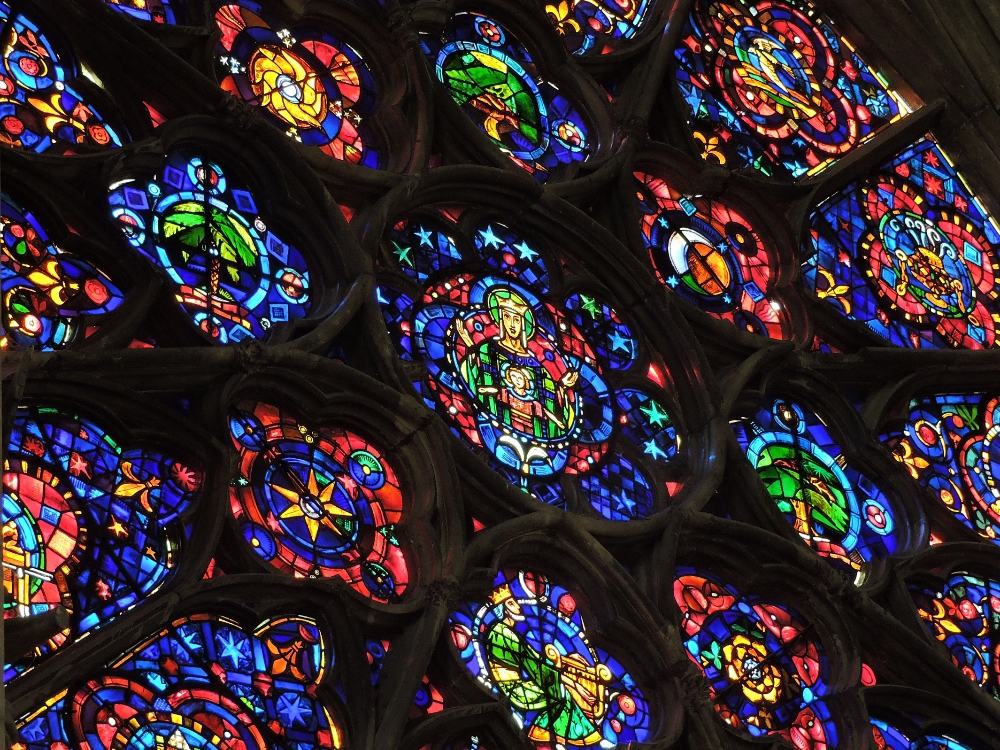
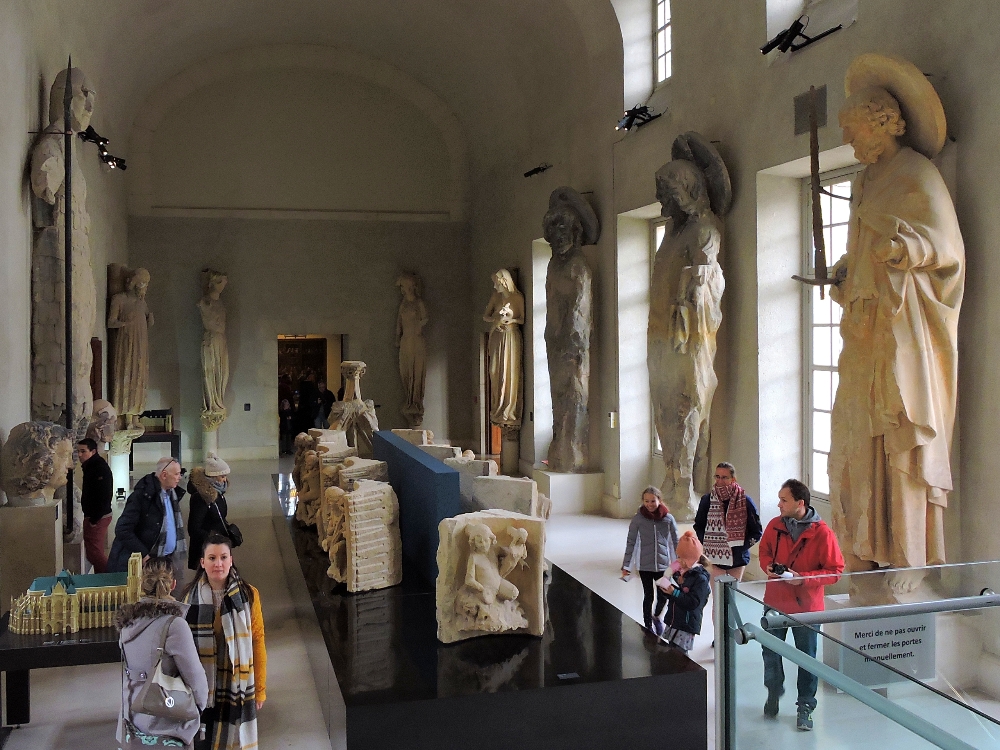
The area around Riems also possesses a second site, relating to the production of Champagne. I took a tour of the Taittinger Company caves, which are located right in the city center and date back to the Roman period. While Champagne is not my favorite drink, I did enjoy learning about the methods of its production, which are substantially different from ordinary wine.
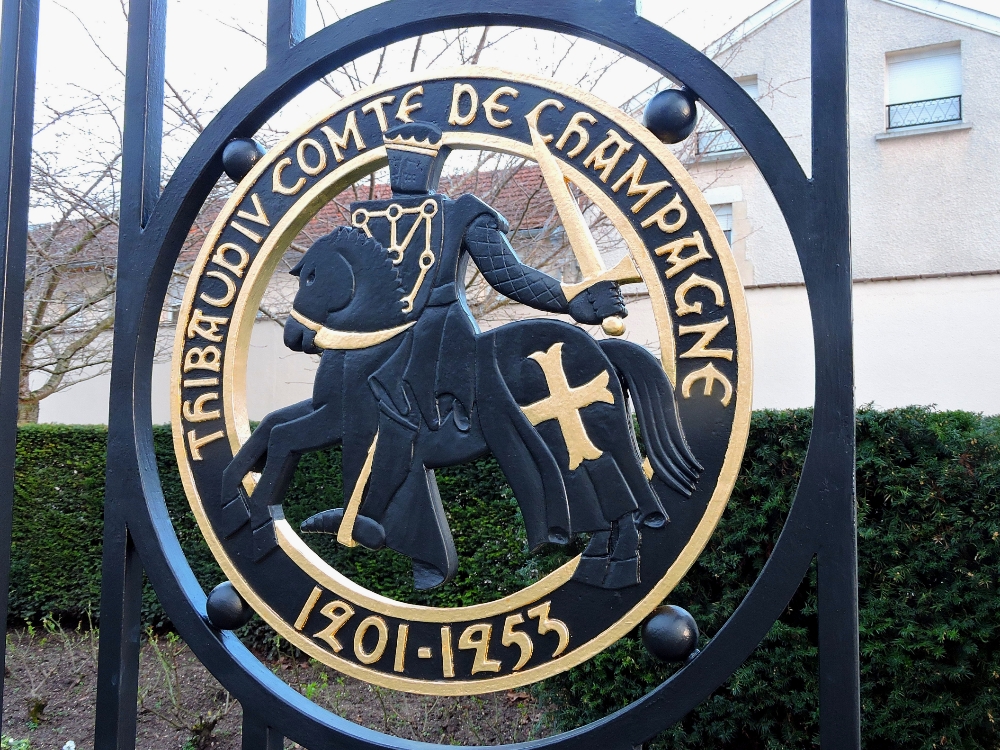
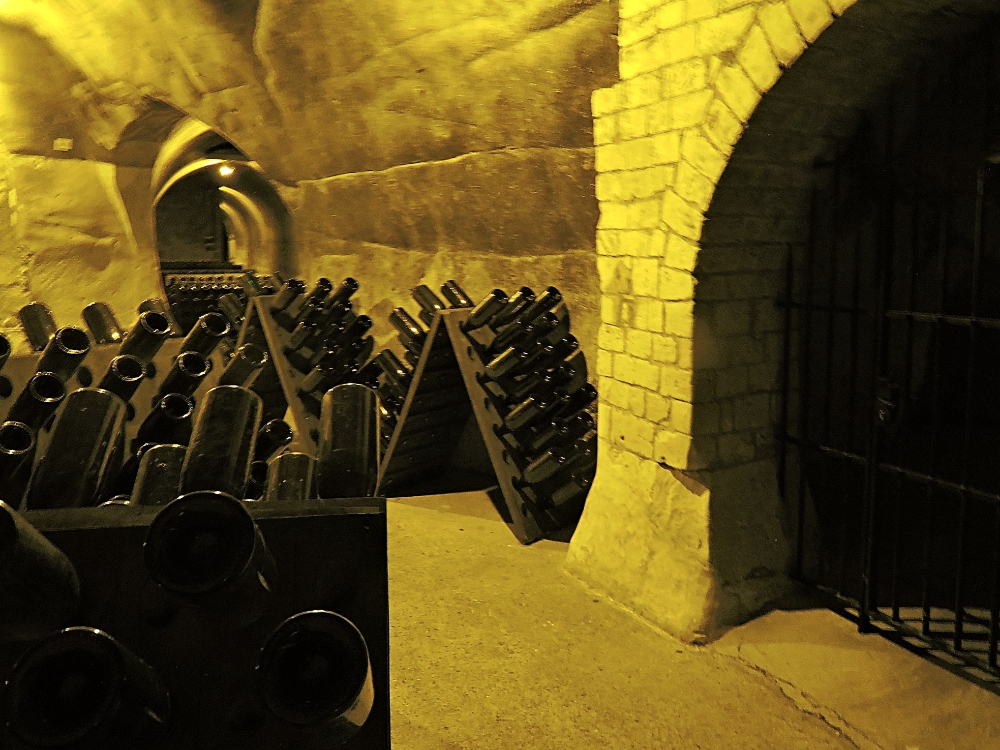
The city of Nancy has three civic plazas that are famous as examples of eighteenth-century urban design, and are especially notable for their use of gilded wrought iron. I found them to be very beautiful, but struggled with the poor light conditions during the day of my visit.
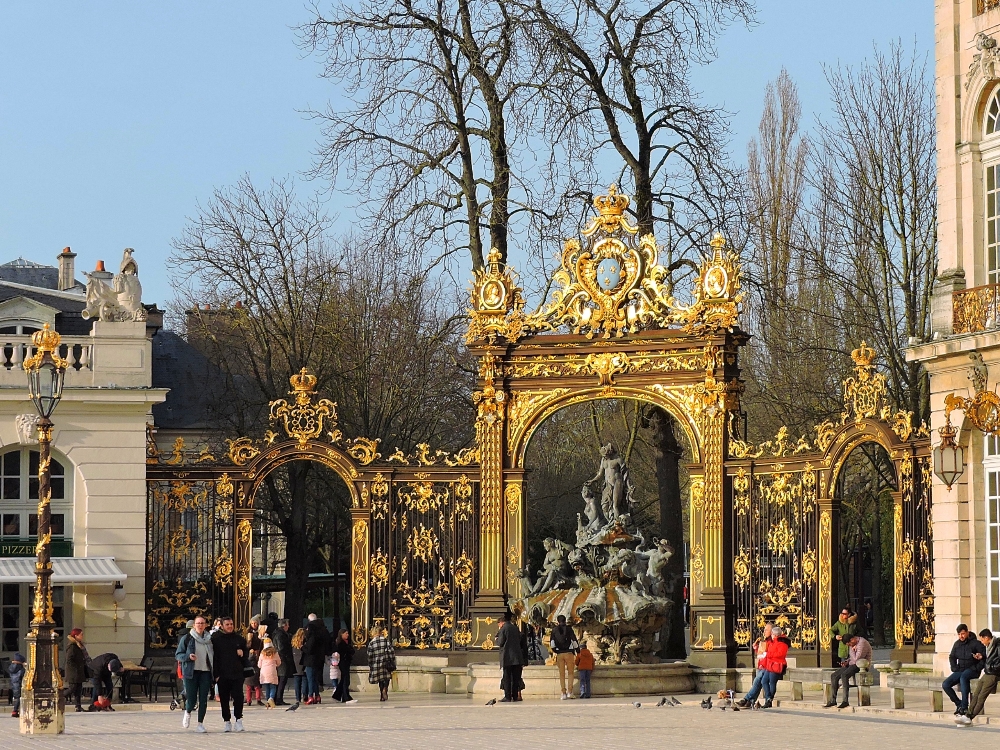
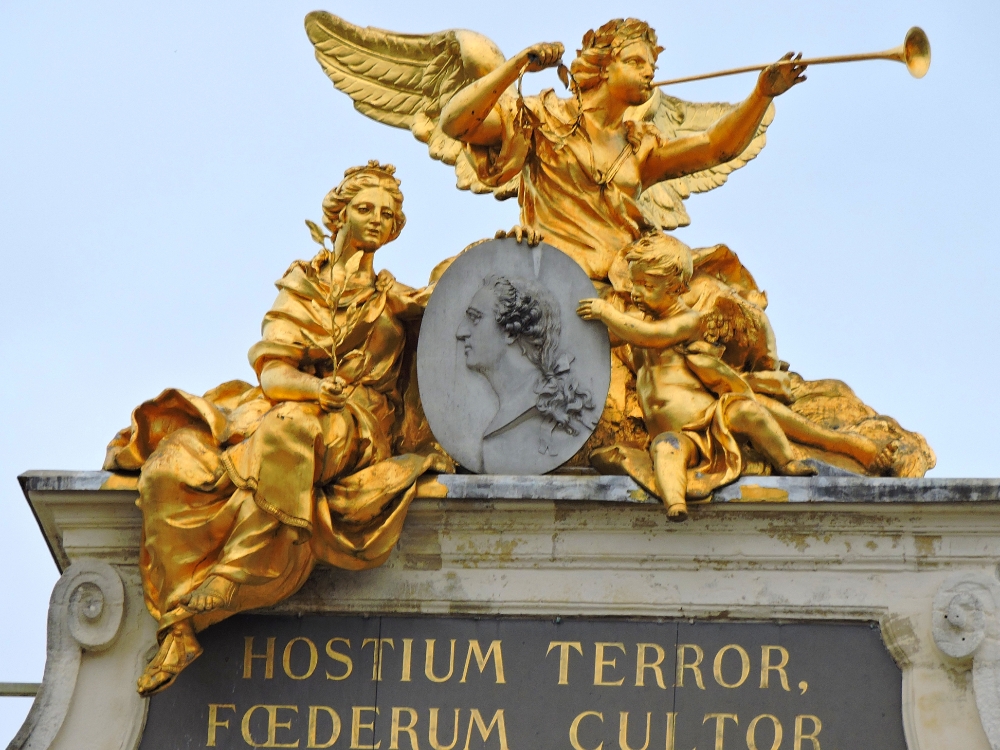
The city of Strasbourg was probably the best of this set of Sites, because its core zone contains much of the well-preserved city center, in which there is a lot to see. Of course, the Cathedral is another prime attraction, and the beautiful astronomical clock it contains was my favorite aspect. Additionally, I cemented the credentials for this Site visit staying in the nearby Maison Kammerzell Hotel, which had been built over several decades, starting in the year 1427!
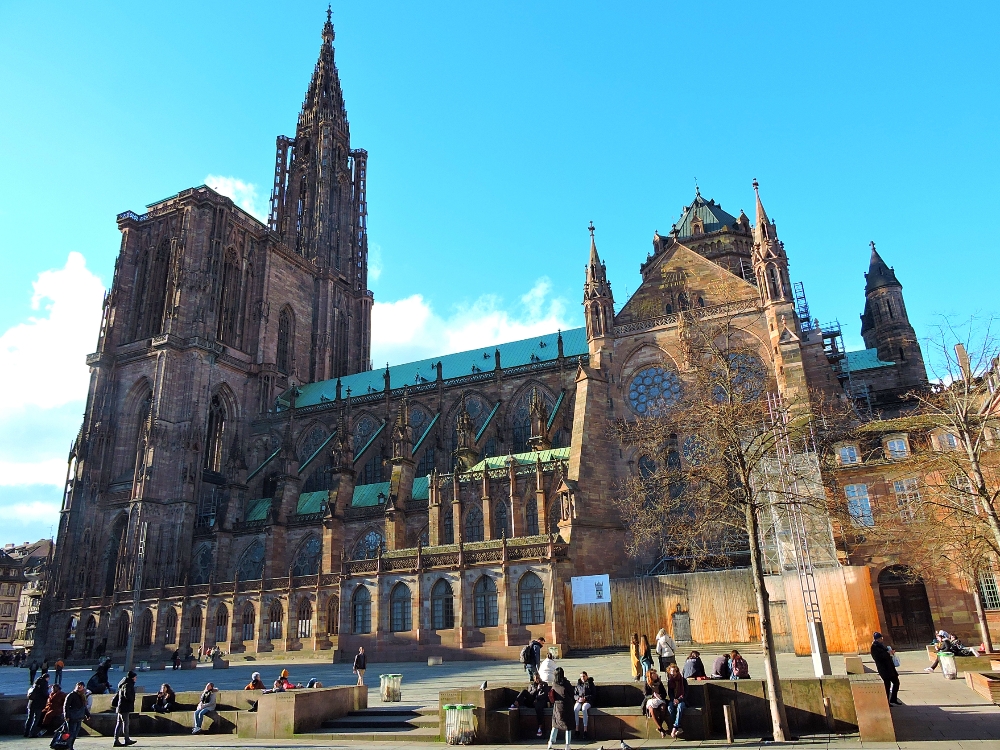
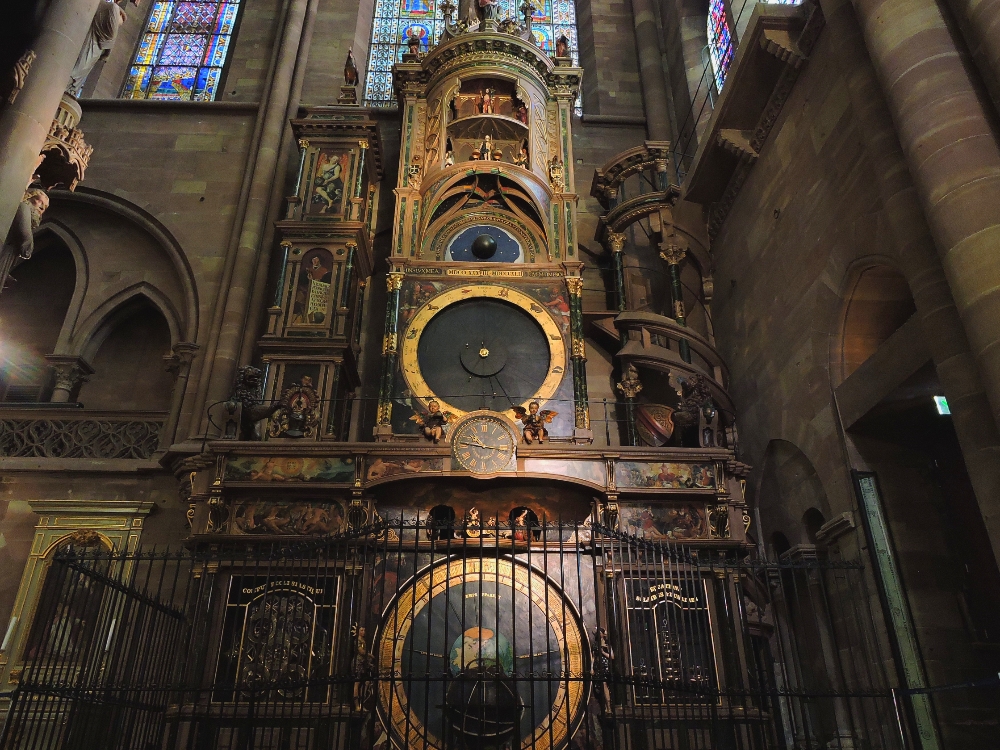
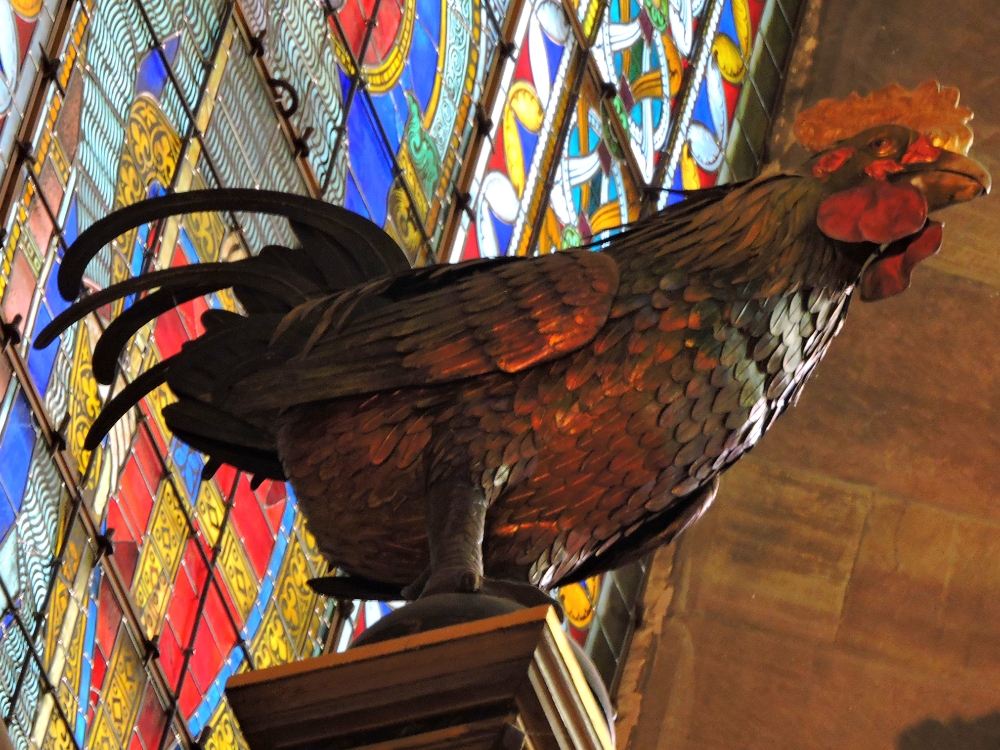
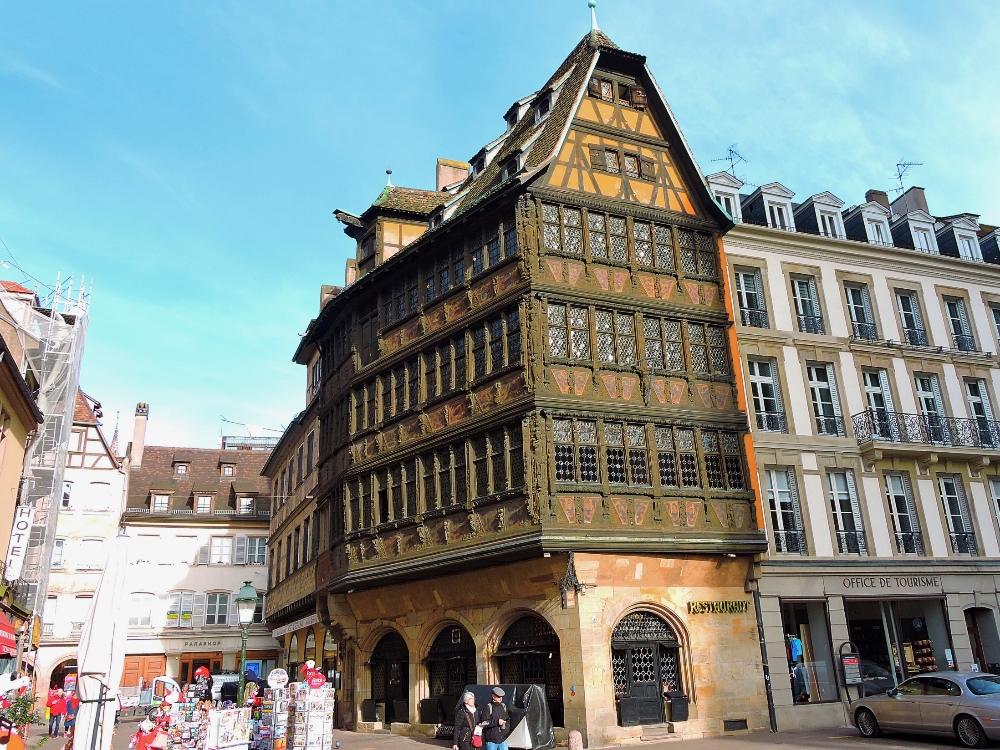
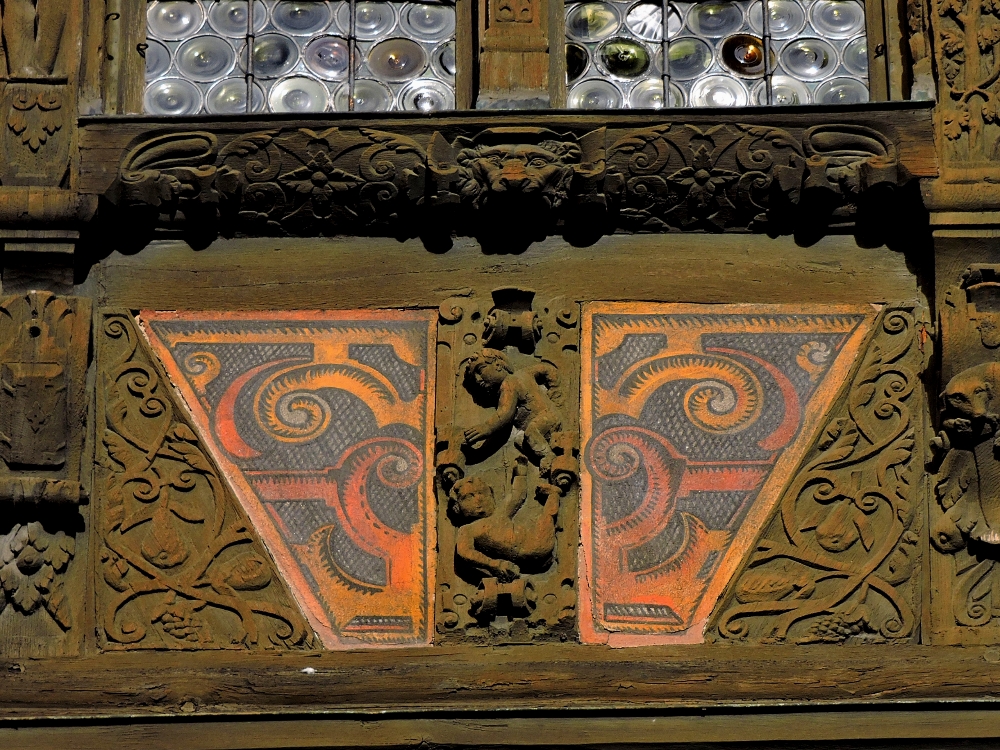
The fifth Site was also my first in Germany, the Speyer Cathedral. When visiting multiple countries in Europe, it is common to experience a little bit of Cathedral overload, and that had already started to happen for me by this point. The Speyer Cathedral is distinctive for dating back to the Holy Roman Empire period, and so it predates the Gothic design elements so common on most of the other famous Cathedrals. In that respect, it was interesting to see. The basic structural elements of such buildings had been perfected by then, but the lack of decoration was notable.
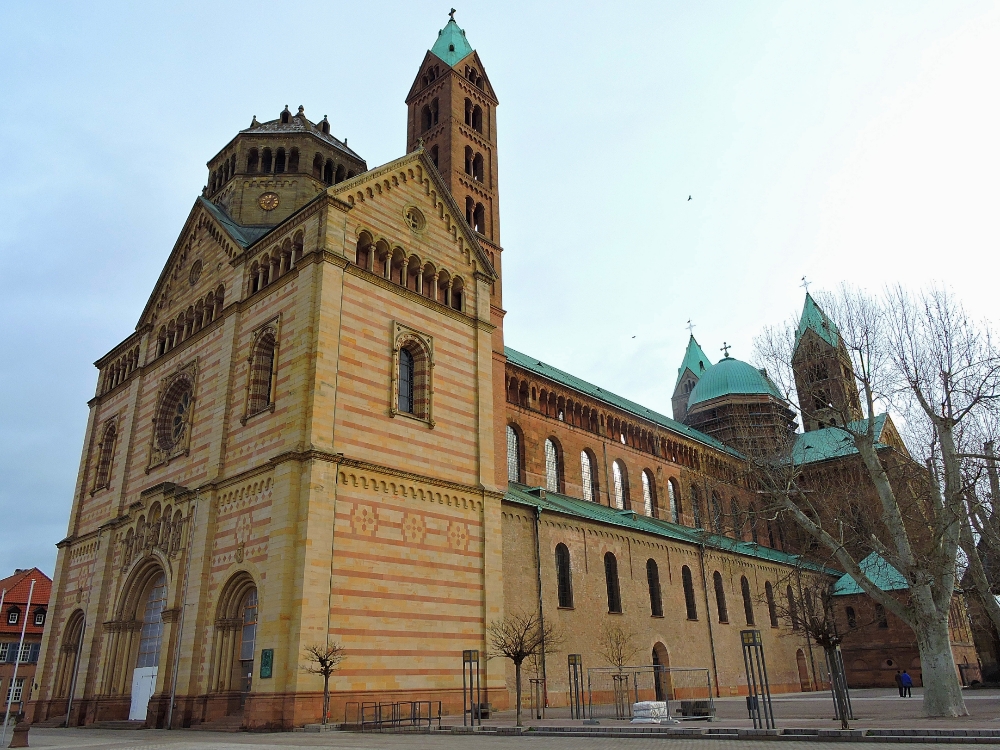
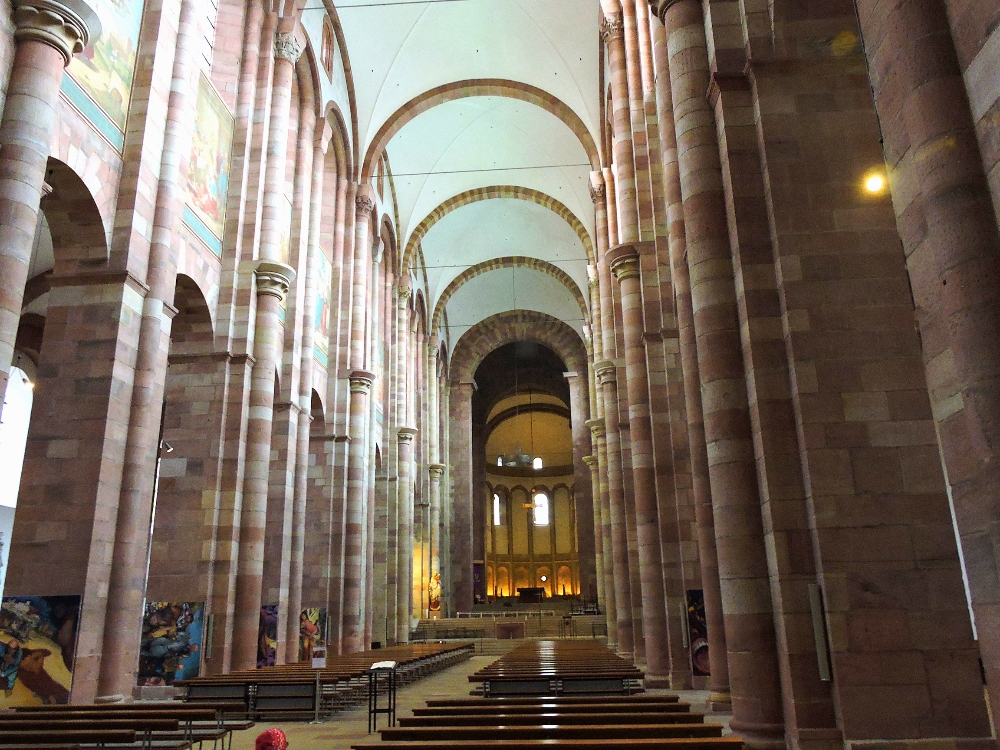
So far, all of my European Site visits had gone off according to plan, but thanks to uncontrollable circumstances that situation looks likely to change over the next few weeks.